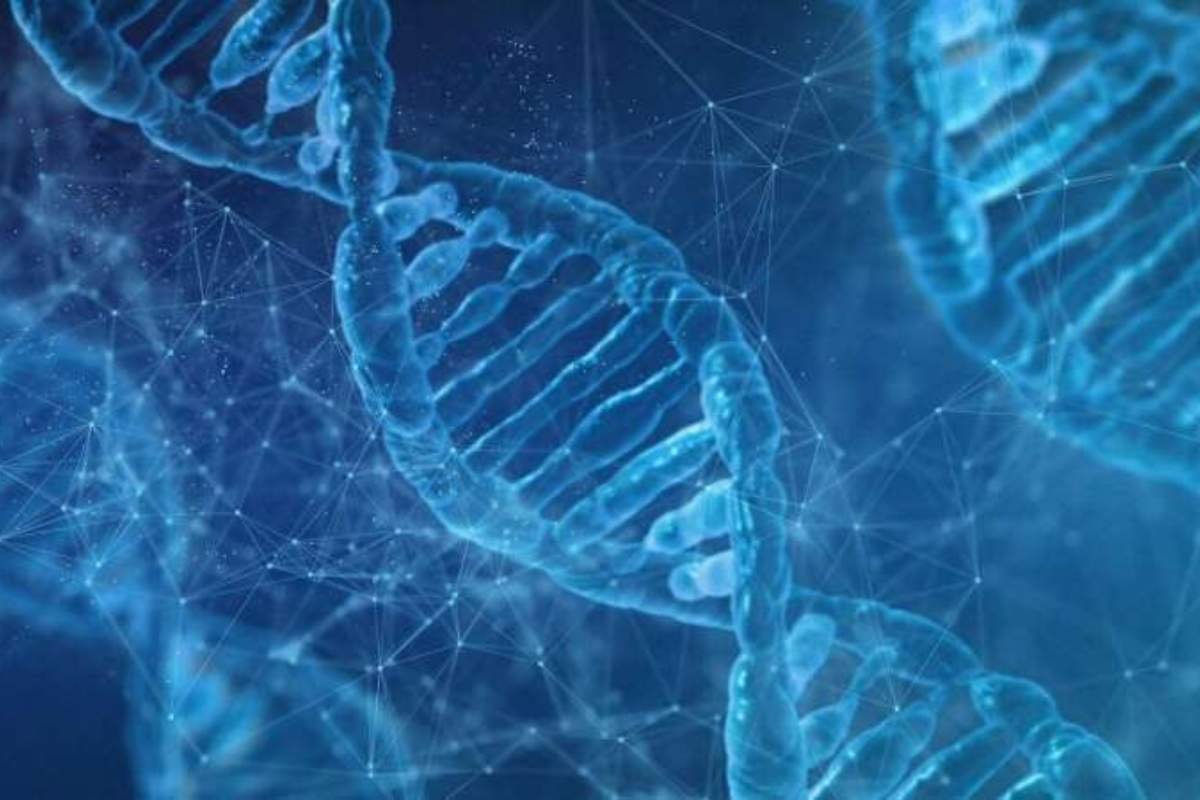SOURCE-News-Medical.Net-1
In a groundbreaking study published in Nature Communications, scientists have shed light on the remarkable cancer resistance observed in certain bat species. By investigating seven different bat species, researchers discovered intriguing insights into the genetic mechanisms that confer this unique ability.
Unveiling Bat Species’ Cancer Resistance
Recent research published in Nature Communications delves into the fascinating phenomenon of cancer resistance observed in certain bat species. Through a series of in vitro and in vivo experiments, scientists explored the genetic underpinnings of this remarkable trait. Among the species studied, Myotis pilosus emerged as particularly resistant to cancer, despite deliberate attempts to activate oncogenes in their primary cells.
Identifying Key Genes Responsible
A comprehensive analysis of Myotis pilosus’ cellular composition revealed intriguing findings regarding the expression of specific genes. Researchers identified a notable downregulation of HIF1A, RPS3, and COPS5 genes in Myotis pilosus, suggesting their pivotal role in conferring cancer resistance. Furthermore, the loss of a COPS5-promoting enhancer along the HIF1A sequence was identified as a potential contributing factor to the species’ extreme resilience against cancer.
Implications and Future Directions
The findings of this study have significant implications for understanding cancer resistance mechanisms in mammals, particularly bats. By elucidating the genetic basis of Myotis pilosus’ cancer resistance, researchers have opened new avenues for exploring innovative cancer therapies. Additionally, this research underscores the importance of studying unique biological models to uncover novel insights into disease prevention and treatment strategies.
Conclusion:
In conclusion, the study published in Nature Communications provides valuable insights into the genetic mechanisms underlying the remarkable cancer resistance observed in certain bat species. By unraveling the role of specific genes such as HIF1A, RPS3, and COPS5, researchers have made significant strides toward understanding and harnessing natural cancer resistance. This groundbreaking research paves the way for future studies aimed at developing targeted therapies for combating cancer in humans and other mammals.











